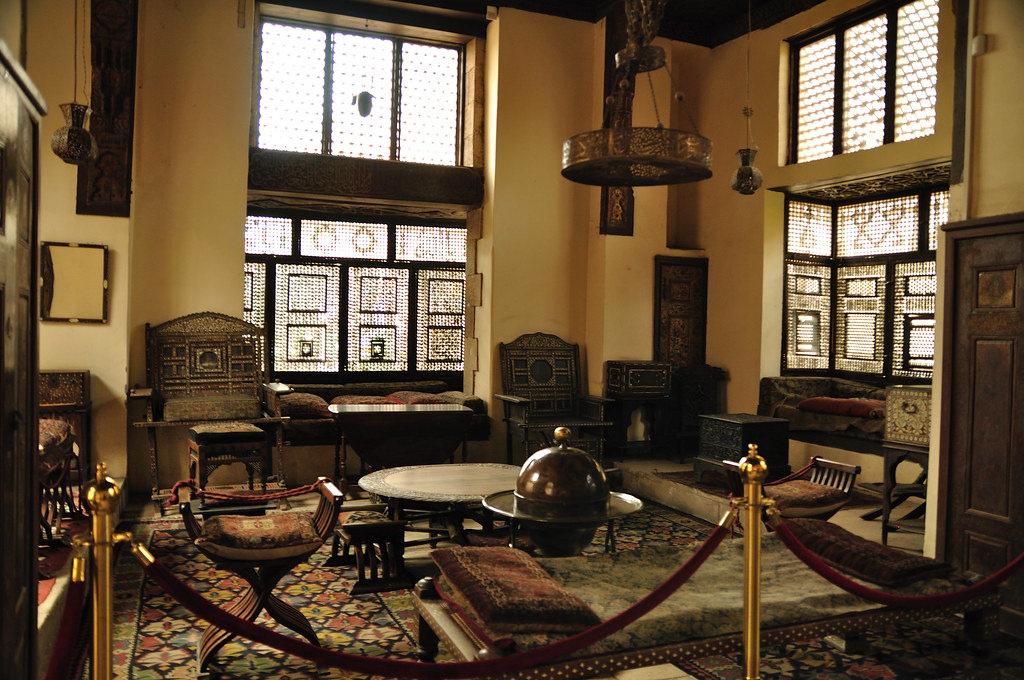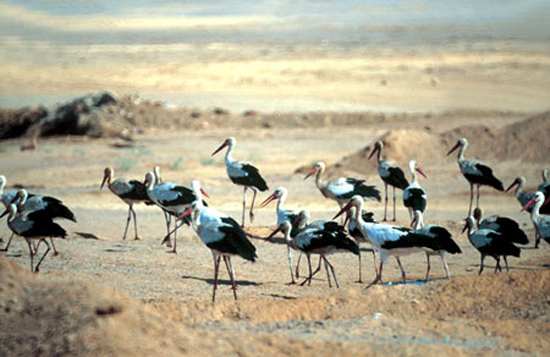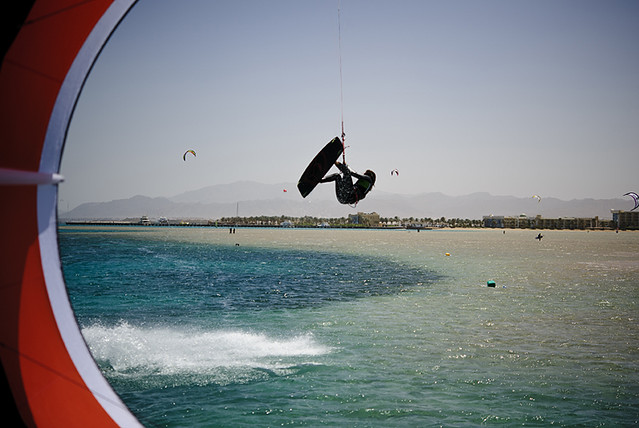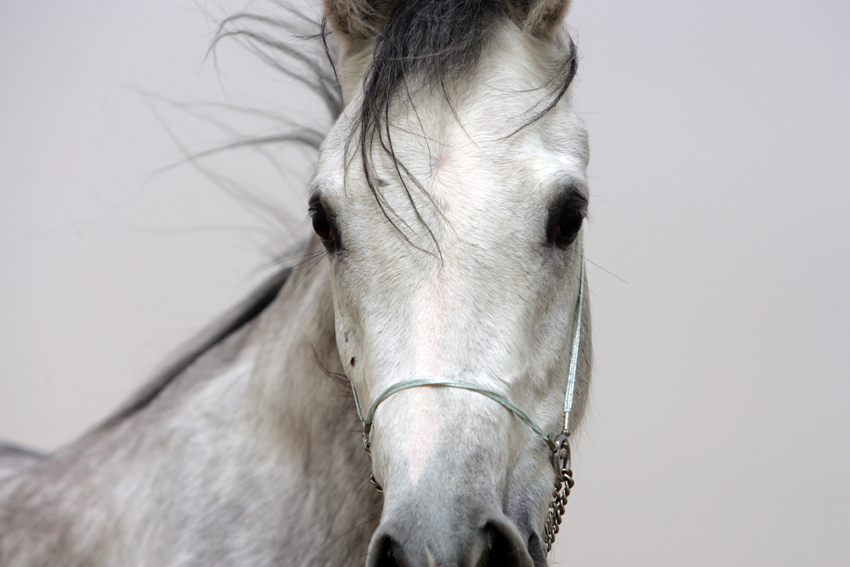By Islam El Shazly
What do James Bond and Indiana Jones have in common? Well aside from the fact they’re both fictional, they both fought baddies in exotic locations in Egypt, like the Gayer-Anderson House, and Abu Simbel. Indiana Jones went a step further by finding the Ark of the Covenant in Tanis! Even Hercule Poirot visited the great temples of Abu Simbel in Death on the Nile: A Hercule Poirot Mystery.
Indiana Jones is also based to an extent on Giovanni Belzoni, the famed nineteenth century explorer who also carried a whip around.
There are tonnes of family oriented activities in this list, some cultural, and some more adventurous and require you to be strapped to a kite for a bit of an adrenaline rush, with some breathtaking bird watching and some of the most beautiful horses in the world. There’s something for everyone in the family, and the best thing is that none of the activities or the places on this list is exclusive to an age group.
There’s an audaciously refined explorer in all of us waiting to be unleashed, so go on and unleash.
11. Gayer-Anderson Museum, Cairo
In 1935, a retired British army officer, Major John Gayer-Anderson, a self-described Orientalist, was granted permission to reside in Beit Al-Kritliyya, which had just been restored. The complex is made up of two houses joined by a bridge at the third floor. The older of the two was built in 1540 (947 AH) by Abdel-Qader al-Haddad. It later became known as “Beit Amna bint Salim,” after its last owner. While the newer, and larger, of the two was built in 1632 (1041 AH) by Hajj Mohammad ibn al-Hajj Salem ibn Galman al-Gazzar. It later came into the possession of a wealthy Muslim woman from Crete, and the home became popularly known as Beit Al-Kritliyya, or “House of the Cretan Woman.”
Gayer-Anderson would add his own eclectic touch to the house after overseeing the installation of electricity and plumbing. He filled the house with his collection of antiquities, artworks, Oriental artefacts, and the rooms were furnished and decorated in a variety of styles, primarily Turkish, Persian, Syrian, and Chinese. [Top 10 Cairo and the Nile (EYEWITNESS TOP 10 TRAVEL GUIDE)]
FYI: The Spy Who Loved Me was partially shot in the museum.
12. Ashtum El Gamil and Tennis Island Protectorate, Port Said
This 180 km2 of wetlands and nature has been declared a protected area in 1988, it consists of the north-eastern part of Manzala Lagoon, the largest of the delta lagoons
The lagoon itself used to be a rich agricultural area, until an earthquake in the late sixth century CE caused the land to fall and the seawater to overflow and create the lagoon, with the exception of Tennis Island, which was an important and prosperous town founded by the refugees from Tanis at a much earlier time in antiquity. The island became an important trading port after the Muslim conquest and was at the centre of a very robust textile industry, and as such its weavers were entrusted with manufacturing the annual Kaaba Cover.
Due to constant invasion and threat from the Crusaders, Sultan Al-Kamil Mohammed bin Al-‘Aadil Al-Ayoubi ordered its destruction in 624 AH (1227 CE) and the displacement of its people so Crusaders can’t use it a staging grounds for attacks on the capital.
Tip: Don’t forget your binoculars and your cameras, Tennis island is a main station for protected migratory birds in order to stock up on food and plenty of rest during their long migration in the fall and spring, and there are tonnes of them.
13. Kitesurfing in Safaga, The Red Sea
As with a lot of the towns dotting the Red Sea Riviera, a vacation here would very much rotate around the beach and the related water sports. The difference is, Safaga has not been spoiled yet by big 5 star resorts and is much less commercial and laid back than its larger more famous siblings to the north.
Safaga also has one more ace up its sleeve that other similar locations would only dream of: Wind. Lots of it. And whereas mass tourism would only be satisfied with antiquities, kitesurfers and windsurfers see this as their dream vacation.
It regarded as the ultimate all-round kitesurfing spot in Egypt and it’s also suited to all levels, from beginners to experts. [Source]
Tip: Don’t forget your sunscreen, it can get toasty by the Red Sea!
14. Sharqiyah International Arabian Horse Fair, Ash-Sharqiyah
Horses are entrenched in Arabian and Islamic culture more than anything else, while camels helped the Bedouin and the nomadic Arabs conquer the desert and helped them form caravan trading routes to rival the Silk Road, it was the horses that aided in the conquest of new lands and the spread of Islam, and in the equine world, the Arabian Horse is king. [Learn more about Arabian Horses]
Since 1991 Ash-Sharqiyah Governorate organized one of the largest international Arabian Horse festivals, and for 4 days in September (sometimes October) there are horse shows, different equestrian competitions, as well as polo matches, with participants from all over the world. The 22nd round of the festival is set to take place in September, 2013.
Tip: This is a completely off the beaten path event and should be planned as part of a wider itinerary. If you have children don’t leave them out of it, kids love animals and this should be an enchanting experience.
15. The Abu Simbel Temples, Aswan
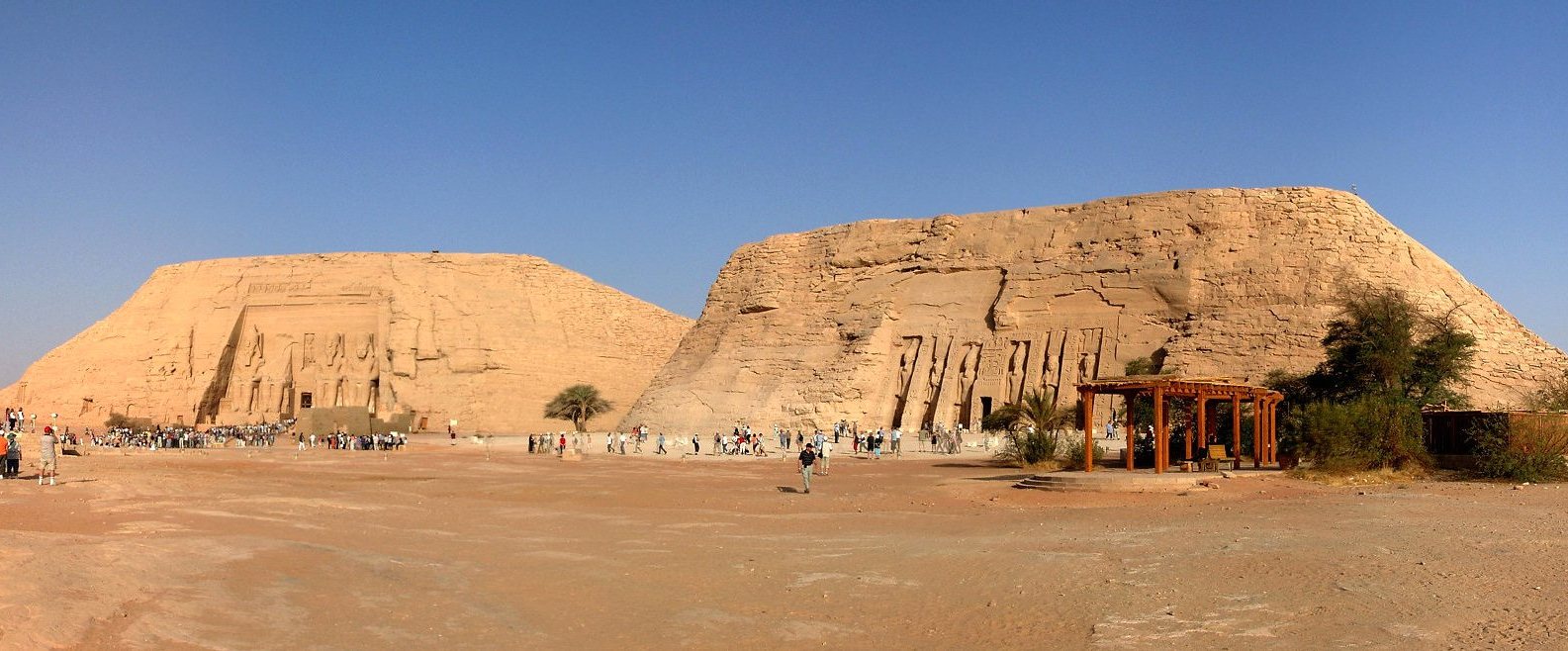
Abu Simbel – Great Temple of Ramesses II (left) and Small Temple of Nefertari (right) by Holger Weinandt, Wikimedia Commons.
The Temples of Abu Simbel are simply magnificent, they were built by the most prolific builder of Ancient Egypt who left his mark throughout the country and well into Nubia: Ramesses II. In time they were forgotten and swallowed by the unforgiving sands, then rediscovered in 1813, when Swiss Orientalist Jean-Louis Burckhardt found the top frieze of the main temple, although it would be the Italian explorer Giovanni Belzoni who would finally manage to dig in an entry in 1817, and eventually reveal the Great Temple in all its glory.
The second and smaller temple was dedicated to his wife, Queen Nefertari. Smaller here is just a matter of perspective in comparison to the colossal size of the Great Temple that took 20 years to finish.
Twice a year a solar phenomena takes place at the Great Temple, on October 22 and February 22, the rays of the sun would penetrate the sanctuary and illuminate the sculptures on the back wall, except for the statue of Ptah, the deity connected with the Underworld, who always remained in the dark.
The temples forms part of a greater UNESCO World Heritage Site that spans all the way to the temple of Philae in Aswan, and in a feat of engineering no less than their construction, they were dismantled and relocated to higher ground between 1964 and 1968, to save them from the flooding of Lake Nasser.
FYI: It’s that 007 again and The Spy Who Loved Me!
Tip: Pack sunscreen, at least a couple of bottles of water, and don’t forget your hat.
Tags: Abu Simbel, Arabian Horses, Aswan, Belzoni, Cairo, Conservation, Featured, Gayer-Anderson, Indian Jones, James Bond, Kitesurfing, Nefertari, Protectorates, Ramsses II, Tanis
